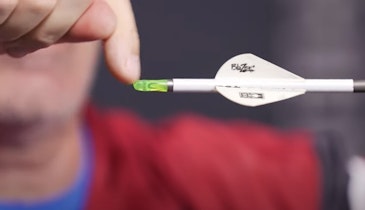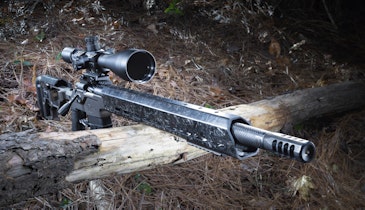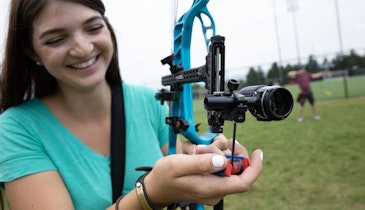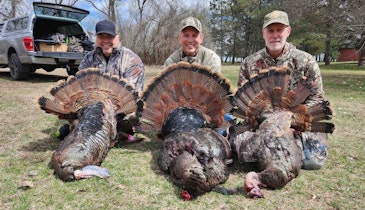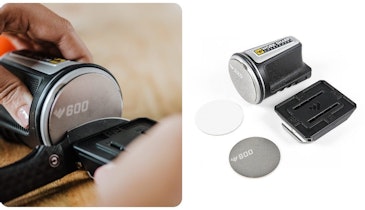
Placement and positioning are critical when setting up trail cameras for offseason scouting for predators. (Photo: Mark Kayser)
You could take the warm-weather months off from fur patrol or you could rev up your scouting for the next round of prime pelts. Trail cameras offer you a scouting partner that doesn’t whine about the long days of summer.
If you go for the industry standard of using traditional trail cameras, like theCabela’s Outfitter Trail Camera series, load them with highest memory allowable and quality lithium batteries for long life. You may not check them again for weeks. Many trail cameras now accept 32 GB cards and if you forgo the video you should be able to stack hundreds of images on the card unless you set it up on an active carcass. The hot sun can tax batteries, thus the option for lithium batteries.
Technology continues to invade the hunting world. If your bank account allows the best way to monitor trail cameras is with live updates as long as service exists for cellular camera operation. New camera models send images and video straight to your cell phone, or computer. You can even change camera settings remotely. Options like this have a higher price to play, but it may be worth it to save fuel costs and long hikes. Look at the Cuddeback CuddeLink, Spartan GoCam and the Stealth Cam GXW for initial research.
Placement is Key
Your next task is to place trail cameras in the highest traffic areas possible to monitor predator populations in an area. With the word “trail” in the trail camera title it’s wise to take the hint. Scout for trails that connect to grassy fields, brushy thickets and agricultural edges. Think of conduits that connect food and sanctuary. If you know of an active den area you could also monitor traffic in that zone. In arid areas a waterhole littered with predator tracks also provides a certain destination for more images.
Next, scout for crossings with fences being a top contender. All predators look for the path of least resistance and trappers understand that these crossings have ambush potential. Add a hint of coyote urine or a product like Coyote Juice from Wildlife Research Center, to create an attraction for predators to stop right in front of the camera.
And as hinted earlier, if you stumble across a fresh carcass, wild or domestic, consider that for an image capture zone. Mountain lions, bears, coyotes and other predators all have an interest in the dead.
Position Cameras Correctly
With locations in mind it’s time to put your plastic team to work. As you survey locations make sure the setup has options for cameras pointed south or north. East- or west-facing cameras fight sun glare at sunrise and sunset leaving you with washed-out images on clear days.
Don’t set the cameras too high. An average whitetail measures approximately 3 feet at the shoulder whereas a coyote is a full foot or shorter. Bears are a touch bigger and bobcats even more diminutive than a coyote. In most cases you’ll have to lower your camera setups if you want in-your-face photos. If you set up on a trail consider a 45-degree angle of the pathway instead of a broadside setting. You gain a larger trigger area with more potential to capture fleet-footed beasts. Plus, predators may not notice it, especially if they are walking away.
For savvy predators that may dodge a camera at eye level consider higher setups with cameras angled down. This still allows the camera’s capture zone to activate and trigger the camera and is another option to avoid detection.
Finally, bring along your landscape tools and trim away all vegetation in the vicinity of the camera. Wind could cause foliage to sway and trigger thousands of images in no time at all. You may also want to dial down the sensitivity to help with this memory-eating issue.
Fur season may be months away, but there’s no reason to leave scouting until the very end. Trail cameras can get the job done even while you’re hosting a backyard barbecue.
